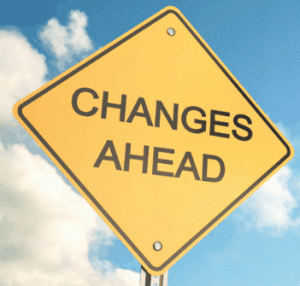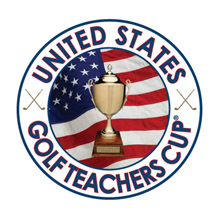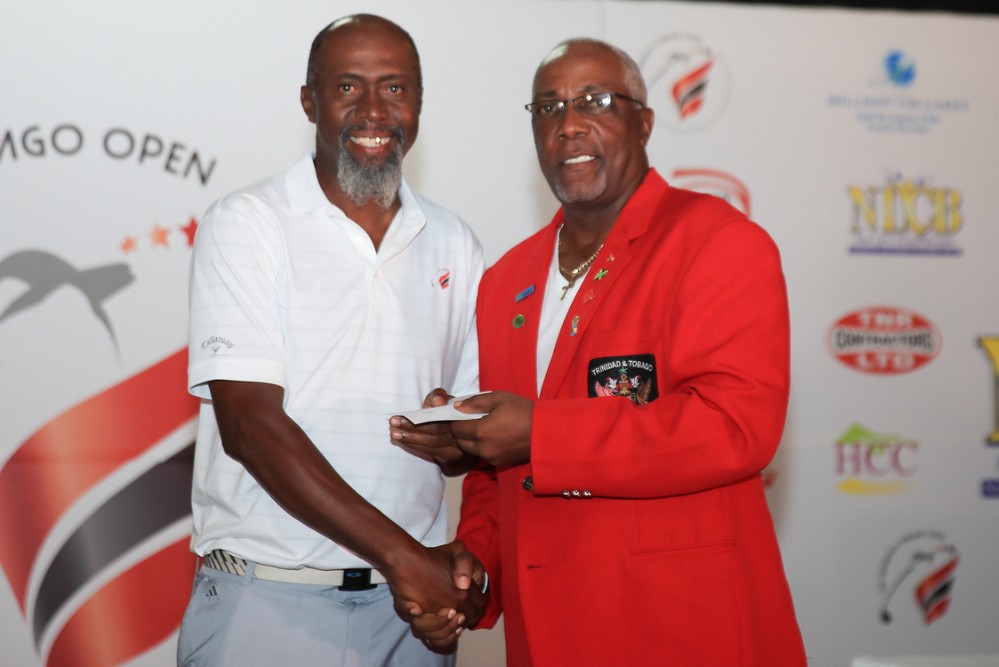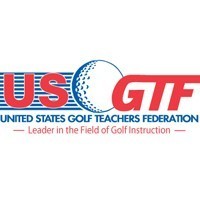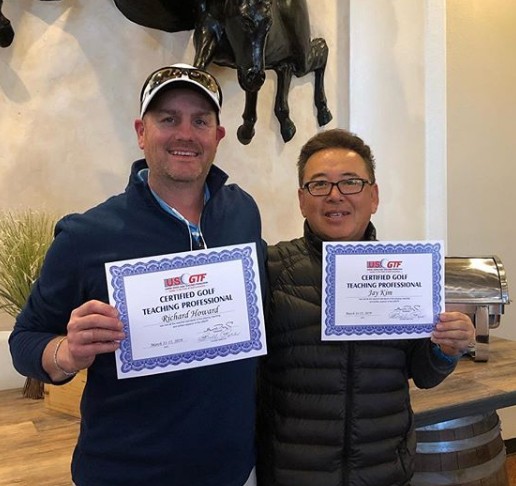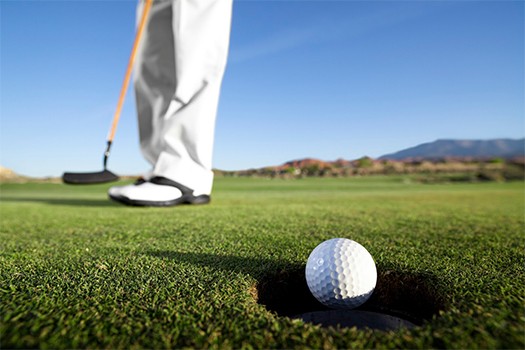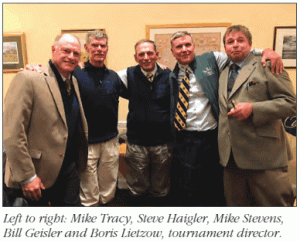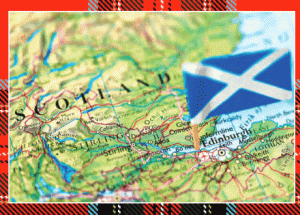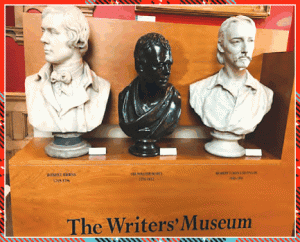Heavy Matters: Swingweight
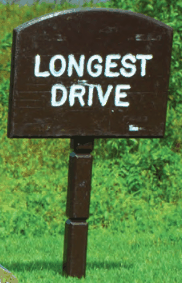 When it comes to clubfitting and club building, swingweight is one of the most enduring aspects of having a consistent set. If you go to any club manufacturer’s website and click on the specs link for their clubs, you will see the swingweight of that particular club listed.
When it comes to clubfitting and club building, swingweight is one of the most enduring aspects of having a consistent set. If you go to any club manufacturer’s website and click on the specs link for their clubs, you will see the swingweight of that particular club listed.
Exactly what is swingweight, and what role does it play? Swingweight is the ratio of the weight of the lower end of the golf club compared to the upper end. A swingweight scale features a fulcrum point 14 inches (35.6 cm) from the end of the grip. The club is placed in the scale, and a sliding weight with a mark on it is used to balance the club on the scale. The mark on the sliding weight will correspond with a reading on the scale which is a letter/number combination, and that is the swingweight of that particular club.
Swingweights are designated from A0 to A9, B0 to B9, etc. For men, typical swingweights are in the D0-4 range, and for women in the C2-5 range. Club manufacturers try to get the swingweights of their iron sets to be consistent, but due to manufacturing tolerances, there may be a slight variation in swingweight from iron to iron, but would be undetectable to most golfers, even touring pros.
Changing the weight of the clubhead, grip, or shaft will change the swingweight of the club. The general rules are that a two-gram change in clubhead weight will change the swingweight one point (heavier = higher swingweight); a five-gram change in grip weight will change the swingweight one point (heavier = lower swingweight), and a nine-gram change in shaft weight will change the swingweight one point (heavier = higher swingweight).
When it comes to changing the weight of the shaft, this gets to be a tricky matter as some shafts have proportionally more weight nearer the grip end than they do the clubhead end. So merely changing from a 60-gram shaft in a driver, say, to a 70-gram shaft doesn’t necessarily mean the swingweight will be increased approximately one point. If the 70-gram shaft has proportionally more weight towards the grip end than does the 60-gram shaft, it’s possible the swingweights of both shafts will be the same. So the nine-gram rule of thumb for shafts assumes the weight is distributed the same throughout both shafts.
A change in the length of the club plays a role in swingweight. Adding or subtracting a half-inch (1.3 cm) to a club’s length changes the swingweight by three points (shorter = lower swingweight).
Wedges traditionally were proportionally heavier than the rest of the iron set, the belief being that the higher swingweights would allow for a more rhythmic swinging of the club. However, many wedges today are being built with similar or even lighter swingweights than in the rest of the iron set. The thinking here is this allows for a more surgical touch on the partial shots that are typically hit with the wedges.
There is also a school of thought that matching swingweights throughout the iron set actually isn’t ideal, as the longer clubs will feel heavier than the shorter clubs. The concept of “moment of inertia” of the entire club is used by some club builders. Under this concept, from the shortest irons to the longest, the club’s swingweight is reduced by one-half swingweight point from club to club, which MOI proponents say results in a set of irons that truly feels the same, weight-wise, throughout the set. Ping, for example, has shafts that get progressively lighter as the iron gets longer, as do True Temper’s Dynamic Gold AMT shafts. Whether this trend will continue remains to be seen.
Matching driver and fairway wood swingweights to the irons is something that may or may not be necessary, depending upon the golfer. Titanium drivers have lightweight graphite shafts, while irons for the most part still have heavier steel shafts. With the length of the driver being so much longer than an iron, a clubfitter needs to fit the driver separately from the irons in terms of swingweight.
The static weight of a club should not be confused with the swingweight of a club. Remember, swingweight is the ratio of the weight of one part of the club to the other. A club can be extremely heavy overall but have a light swingweight, and vice versa. Goldwin Golf, a now-defunct company, tried this years ago with extremely light static-weight clubs featuring heavy swingweights in the D7-8 range. While their premise was logical, it was likely too radical of a departure from what most golfers were used to. Dave Pelz went the opposite route in the 1980s with his Featherlite clubs, with swingweights in the B5 range. Again, while the science behind the idea may have been sound, golfers also preferred what they were used to in this case.
Swingweight is one aspect of what goes into making a golf club, but it’s an important one. If you or your students are unsure whether their clubs are matched for swingweight, a quick trip to the nearest club repair shop is in order.



